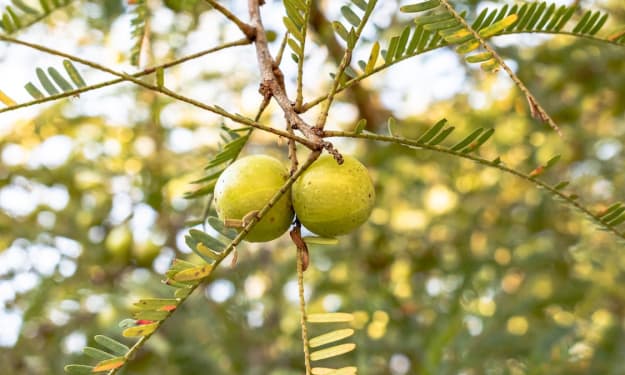Hibiscus :
Hibiscus in medicinal and culinary purposes:

Hibiscus in medicinal and culinary purposes:
Hibiscus is a genus of flowering plants in the mallow family, Malvaceae. The genus is quite large, comprising several hundred species that are native to warm temperate, subtropical and tropical regions throughout the world.
Hibiscus is native to warm-temperate, subtropical, and tropical regions throughout the world. There are many different species of hibiscus, ranging in size from small shrubs to large trees. Hibiscus flowers are highly ornamental and come in a wide range of colors, including red, pink, white, orange, and yellow.
In addition to their ornamental value, hibiscus plants have been used for medicinal and culinary purposes for centuries. Hibiscus tea, made from the dried leaves and flowers of hibiscus plants, is a popular herbal tea that is believed to have a number of health benefits. These include reducing high blood pressure, improving cholesterol levels, and fighting inflammation.
Hibiscus is also used in traditional medicine to treat a variety of ailments, including coughs, colds, and sore throats. Extracts of hibiscus are thought to have antioxidant and anti-inflammatory properties, which may help protect against chronic diseases such as cancer, heart disease, and diabetes.
In terms of nutrition, hibiscus is rich in vitamins and minerals, including vitamin C, iron, and calcium. It is also a good source of antioxidants, which help protect the body against damage from harmful molecules called free radicals.
In the gardening world, hibiscus plants are highly prized for their large, showy flowers and easy-to-grow nature. They are commonly used in flower beds and borders, as well as in container gardens.
Hibiscus is also popular in the beauty industry, where it is used in skincare and haircare products for its moisturizing and conditioning properties. Hibiscus oil is believed to help promote hair growth, reduce dandruff, and improve scalp health.
Finally, hibiscus is a popular symbol in many cultures around the world. In some countries, such as Malaysia, hibiscus is the national flower. In Hawaii, the hibiscus flower is used in traditional lei-making and is a beloved symbol of the islands.
Hibiscus is high in antioxidants and offers many potential benefits. In particular, it may help promote weight loss, reduce the growth of bacteria and cancer cells, and support the health of the heart and liver. Hibiscus is available as an extract or, more often, a tea
8 Benefits of Hibiscus are :
For Antioxidants
For Blood pressure
For Blood fat levels
For Liver health
For Weight loss
For Anticancer effects
For Antibacterial properties
For Flavorful and easy to prepare
Hibiscus is high in antioxidants and offers many potential benefits. In particular, it may help promote weight loss, reduce the growth of bacteria and cancer cells, and support the health of the heart and liver.
Hibiscus is available as an extract or, more often, a tea. Hibiscus tea is an herbal tea that’s made by steeping parts of the hibiscus plant in boiling water.
It has a tart flavor similar to that of cranberries and can be enjoyed either hot or cold.
There are several hundred species of hibiscus, varying by the location and climate they grow in, but Hibiscus sabdariffa is most commonly used to make hibiscus tea
It has wide range of health benefits linked to drinking hibiscus tea, showing that it may lower blood pressure, reduce the growth of bacteria, and even aid weight loss.
Hibiscus tea can be consumed hot or cold and has a tart taste similar to that of cranberries. For this reason, it is often sweetened with honey or flavored with a squeeze of lime juice to balance the tartness.
You can purchase dried hibiscus at your local health food store or online. Hibiscus tea is also available in premade tea bags, which you can simply steep in hot water, remove, and enjoy.
Overall, hibiscus is a versatile and beloved plant that has many different uses and applications. From its ornamental value to its health benefits, there are many reasons to appreciate this beautiful and fascinating plant.





Comments
There are no comments for this story
Be the first to respond and start the conversation.